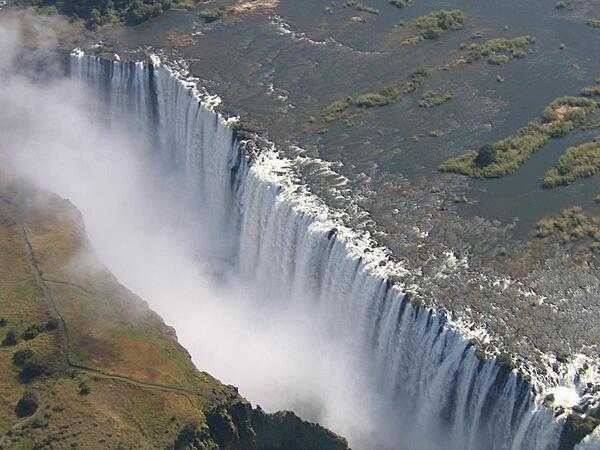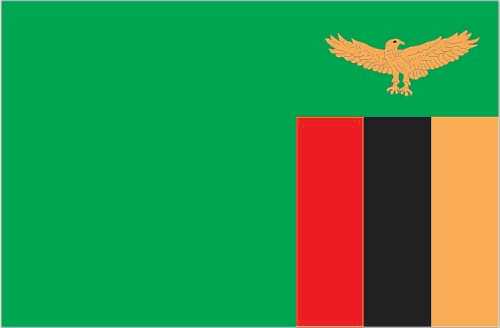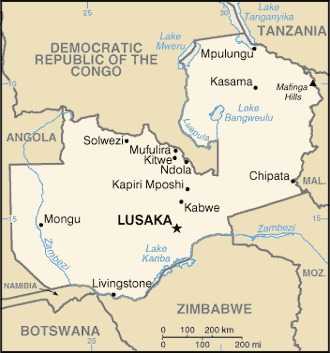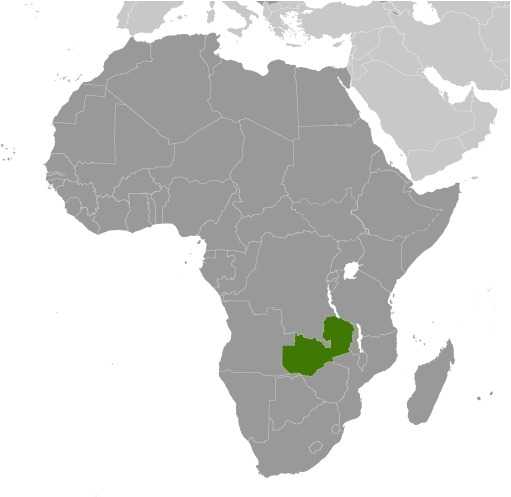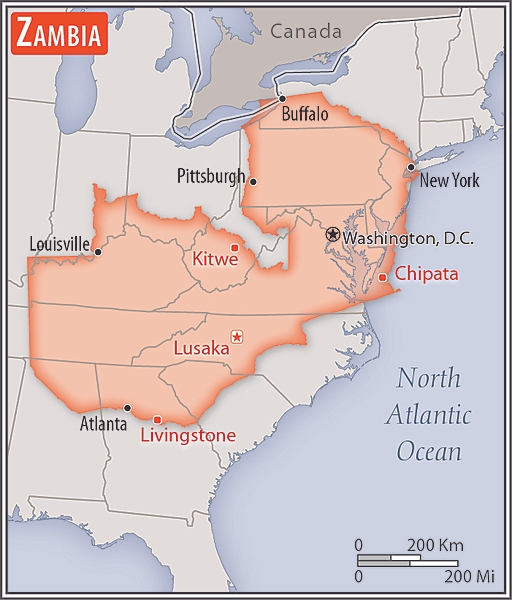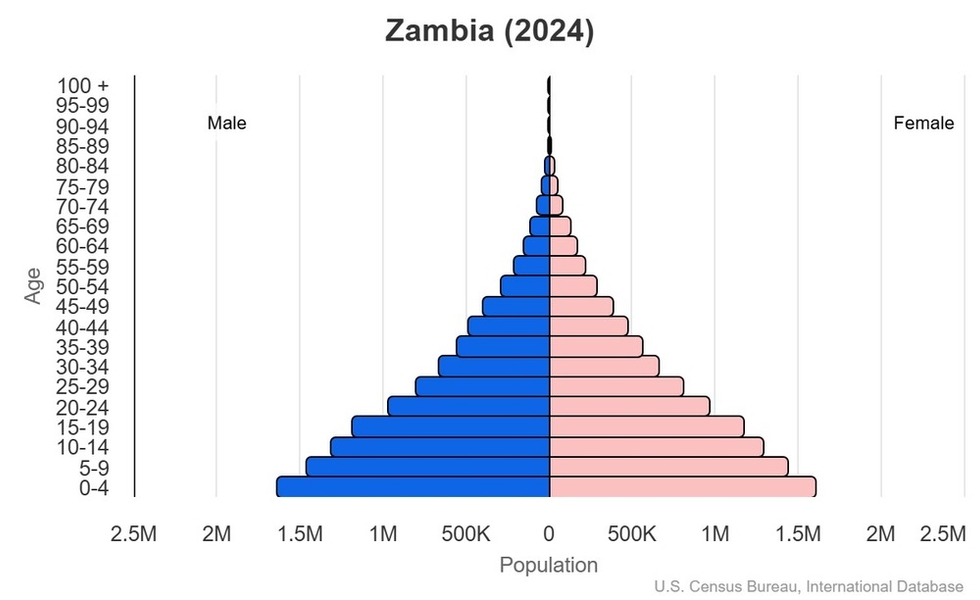Introduction
Visit the Definitions and Notes page to view a description of each topic.
Geography
People and Society
Population
comparison rankings: total 63; male 63; female 64
Median age
comparison ranking: total 219
Population growth rate
comparison ranking: 10
Birth rate
comparison ranking: 16
Death rate
comparison ranking: 160
Net migration rate
comparison ranking: 76
Maternal mortality ratio
comparison ranking: 69
Infant mortality rate
comparison ranking: total 37
Life expectancy at birth
comparison ranking: total population 199
Total fertility rate
comparison ranking: 18
Obesity - adult prevalence rate
comparison ranking: 155
Alcohol consumption per capita
comparison ranking: total 98
Tobacco use
comparison ranking: total 116
Children under the age of 5 years underweight
comparison ranking: 42
Education expenditure
comparison ranking: Education expenditure (% GDP) 101
Environment
Carbon dioxide emissions
comparison ranking: total emissions 109
Government
Economy
Real GDP (purchasing power parity)
comparison ranking: 106
Real GDP growth rate
comparison ranking: 73
Real GDP per capita
comparison ranking: 186
Inflation rate (consumer prices)
comparison ranking: 188
GDP - composition, by sector of origin
comparison rankings: agriculture 157; industry 28; services 122
Industrial production growth rate
comparison ranking: 71
Labor force
comparison ranking: 67
Unemployment rate
comparison ranking: 113
Youth unemployment rate (ages 15-24)
comparison ranking: total 122
Gini Index coefficient - distribution of family income
comparison ranking: 6
Public debt
comparison ranking: 55
Taxes and other revenues
comparison ranking: 79
Current account balance
comparison ranking: 110
Reserves of foreign exchange and gold
comparison ranking: 117
Debt - external
comparison ranking: 38
Energy
Electricity
comparison rankings: installed generating capacity 99; consumption 90; exports 50; imports 110; transmission/distribution losses 127
Energy consumption per capita
comparison ranking: 158
Communications
Telephones - fixed lines
comparison ranking: total subscriptions 142
Telephones - mobile cellular
comparison ranking: total subscriptions 63
Broadband - fixed subscriptions
comparison ranking: total 134
Transportation
Merchant marine
comparison ranking: total 178
